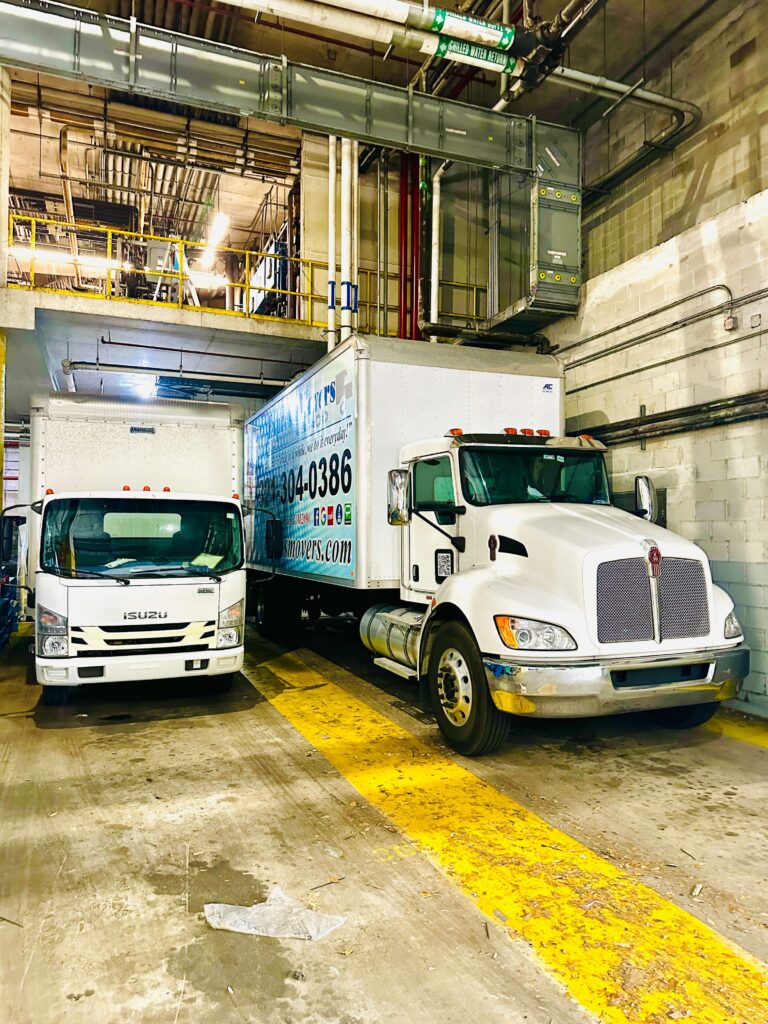It’s 2025, and the 9-to-5 office job is no longer the default. The remote work revolution, sparked years ago, is still going strong—and it’s reshaping the way people live, work, and yes, move. From city apartments to mountain towns and beachside communities, Americans are packing up and chasing a better lifestyle that fits their work-from-anywhere reality.
For the moving industry, this trend isn’t just a blip—it’s a full-on shift. Here’s how remote work is driving new relocation patterns in 2025, and what it means for anyone planning a move this year.
⸻
The Rise of Lifestyle-Driven Moves
In the past, most people moved for one main reason: a job. But in 2025, the script has flipped. Thanks to advances in digital collaboration, cloud tools, and company-wide remote flexibility, more workers are free to live wherever they want.
That freedom is fueling a new kind of relocation: lifestyle-driven moves. People are no longer tied to expensive cities just to stay close to the office. Instead, they’re choosing places based on climate, community, affordability, and access to outdoor recreation.
Top destinations in 2025 include:
• Asheville, North Carolina
• Bend, Oregon
• Flagstaff, Arizona
• Chattanooga, Tennessee
• Bozeman, Montana
These aren’t your traditional tech hubs, but they offer strong internet infrastructure, beautiful scenery, and a slower pace of life that appeals to remote workers looking to improve their quality of living.

What Movers Are Looking For
This new wave of remote movers has a very different checklist compared to past decades. They’re prioritizing:
• Affordable housing with home office space
• Good broadband and 5G access
• Safe, walkable neighborhoods
• Proximity to coworking spaces or cafes
• Lower cost of living
Many are also looking for homes with dedicated work areas, built-in smart tech, and quiet surroundings. “Zoom rooms” are now a real selling point in real estate listings, and they factor heavily into where people choose to move.
⸻
Impacts on the Moving Industry
For moving companies, the remote work trend has opened the door to some major changes in demand.
1. Year-Round Moves
Without the school-year calendar or corporate relocation schedules, remote workers are moving in every season. That means less of a summer-only rush, and steadier demand across the year.
2. Long-Distance Services
People are moving farther. A family in New Jersey might be relocating to Utah or North Carolina—sometimes across the country. That’s led to a surge in full-service, cross-country moves that include packing, shipping, and vehicle transport.
3. Digital Convenience Expectations
Remote workers are tech-savvy. They expect moving companies to offer digital quotes, online scheduling, real-time tracking, and communication by text or email.
Companies that invest in automation, virtual estimates, and mobile tools are standing out in this competitive space.
⸻
How to Plan a Remote Work Relocation
If you’re planning a move in 2025 for remote work, here’s how to make it smooth and successful:
Start with research
Make sure your dream location checks the boxes for internet speed, job security (if you’re a freelancer), healthcare access, and cost of living. Tools like Nomad List or BestPlaces can help you compare cities based on quality-of-life metrics.
Visit before committing
Spend a few days in your top destinations if you can. Try to work from there, explore the neighborhood, and get a sense of daily life.
Choose the right moving company
Look for movers with experience in long-distance relocations and digital coordination. A company that offers virtual consultations, flexible scheduling, and shipment tracking will make the process easier.
Pack for your new lifestyle
You might need less business attire and more outdoor gear. Think ahead about your home office setup and organize those items together for quick unpacking.
⸻
The Future of Remote-Driven Relocation
As remote work becomes more permanent across industries—from tech and marketing to healthcare, education, and customer service—the demand for flexible, lifestyle-oriented moves will keep growing.
In fact, some cities are already offering cash incentives for remote workers to move in. Programs in Tulsa, Oklahoma and Topeka, Kansas have seen strong participation, and similar efforts are expanding in the Southeast and Midwest.
Meanwhile, home builders are catching on, designing houses with built-in office pods, backyard studios, and noise-canceling features. The trend is clear: where we live and work is blending, and the moving industry is adapting right along with it.
Remote work has changed more than our schedules—it’s changed our zip codes. Whether you’re leaving a high-rise in the city or trading suburbs for a cabin in the woods, the freedom to move where you want is one of the biggest perks of modern work life.
And while the logistics may still require boxes and bubble wrap, the goal is the same: to live where you feel most productive, most comfortable, and most at home.
For movers, staying ahead means embracing the digital tools and customer preferences that come with this new wave of relocation. For remote workers, it’s about choosing a place that supports your career—and your lifestyle.
Need help planning your move? Don’t go it alone. Today’s top moving companies are here to help you work from anywhere—starting with a smooth, smart, and stress-free move.

